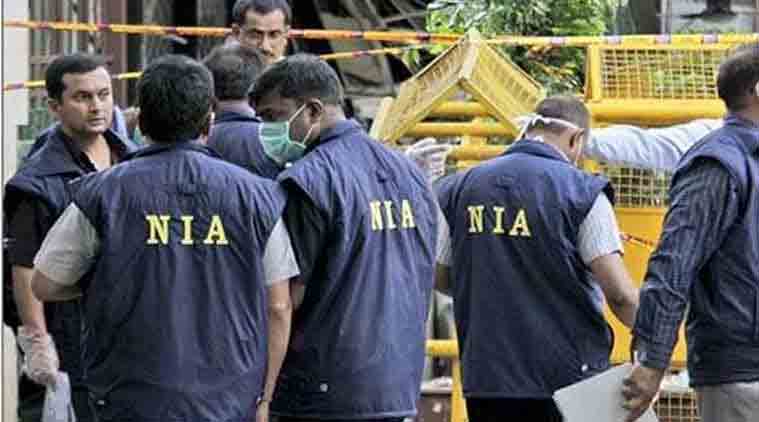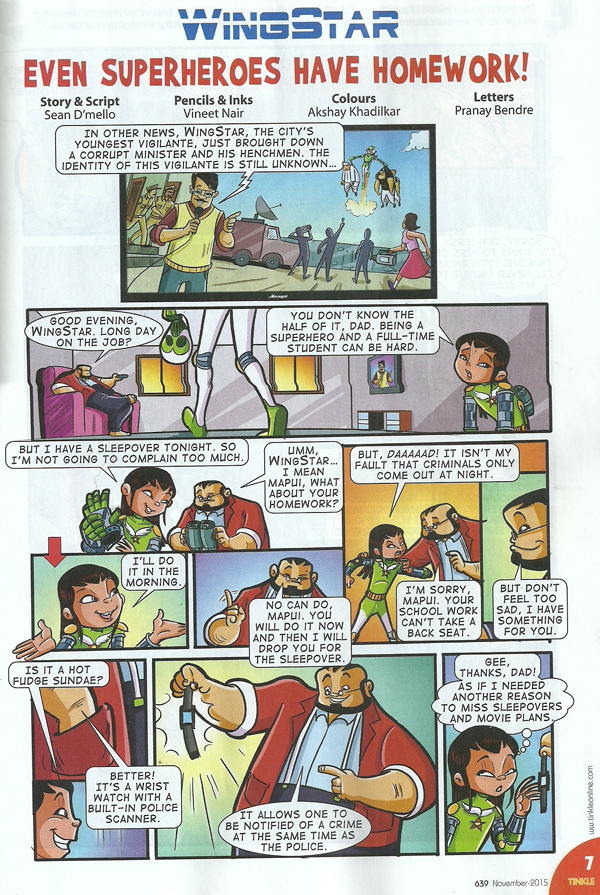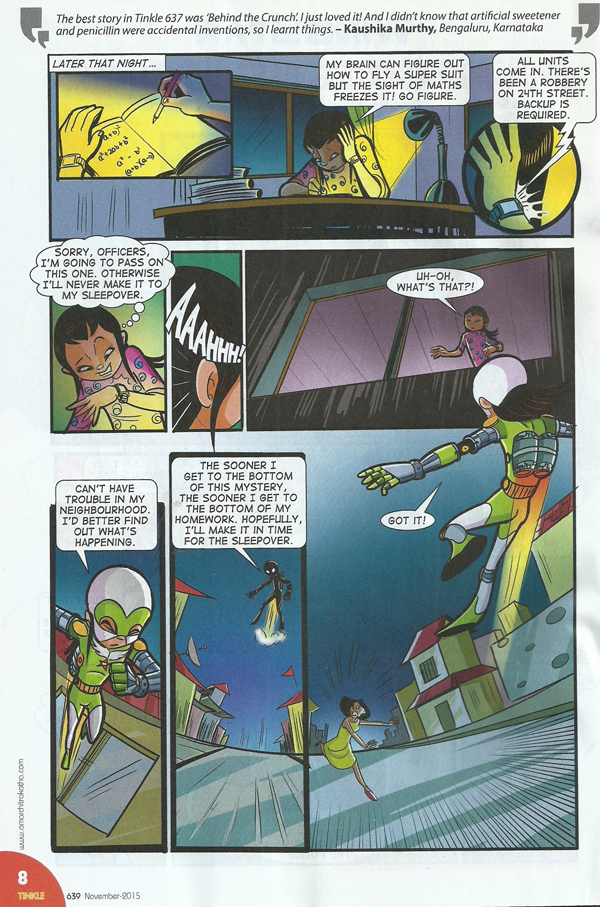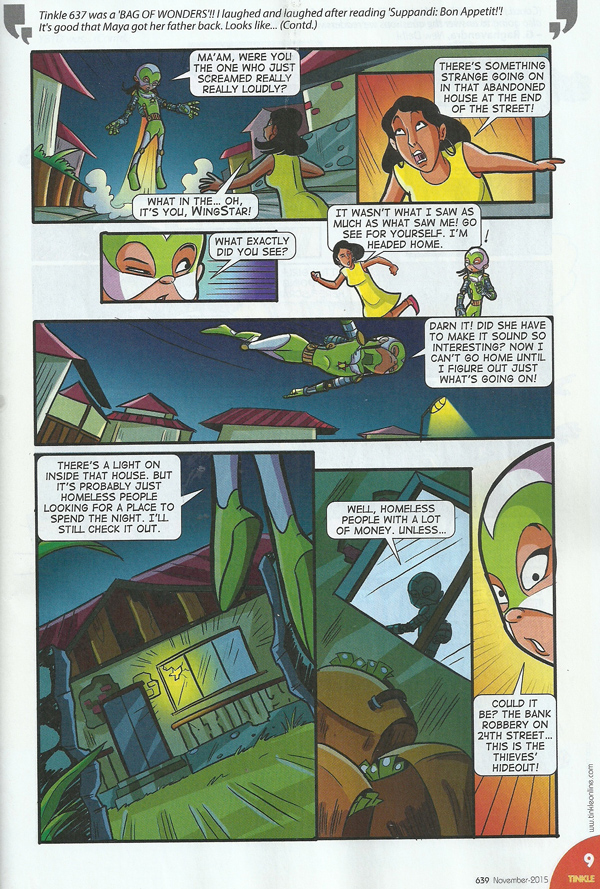By Shekhar Gupta
The Mizo insurgency was no picnic and the two sides matched each other in brutality. China and Pakistan continued to help the MNF.
March 5, 2016 was the 50th anniversary of the Indian Air Force (IAF) strafing and bombing Mizoram, or more specifically, its capital Aizawl, and has thrown up an interesting question: Was Indira Gandhi right to use air power against her own countrymen, the only time it’s ever been done?
Also, should “India” now apologise to the Mizo people? This needs a fairer debate in this season of alternative histories.
Put yourself in Mrs Gandhi's slippers on March 5, 1966. She had been prime minister for just six weeks, following Lal Bahadur Shastri's unexpected death in Tashkent on January 11. India was passing through the worst crisis years of its history. Its biggest war yet (in September 1965, with Pakistan) had just ended in a mutually withering stalemate.
This was when the country was still recovering from the humiliation suffered in the war with China in 1962, the Hazratbal crisis and Kutch skirmish. The Dravida movement was openly secessionist and Naga insurgency was raging with open Pakistani and Chinese support. The Chinese, who had issued India an ultimatum during the 1962 war, were still threatening our borders.
This when India was going through a series of famines and lived a ship-to-mouth existence, while nursing a post-war economy. This is when Laldenga's Mizo National Front (MNF) insurgency broke out, fully with armaments and tactical help from the then East Pakistan. Remember, there was no Indian Army in the Mizo hills then, only a couple of scattered battalions of the paramilitary Assam Rifles. In Aizawl, its officers and troops lived in the garrison with their families.
The rebel blitzkrieg took the key positions of Aizawl and faraway Lunglei — two major habitations.
In Aizawl, the rebels took over the treasury and put up a “sovereign” MNF flag on it. The Assam Rifles garrison was holding out, young officers leading suicidal counters to delay being run over and left to the rebels’ mercy along with their families. But it was just a matter of time. Their SOS was a reality.
The nearest Army units were at least a day’s drive away, and were sure to be blocked on the way. It was in this situation that Mrs Gandhi, then made fun of as “goongi gudiya” (mute doll) decided to use the IAF. To buy time for the Assam Rifles garrison and to slow down rebel gains in Aizawl.
The IAF didn’t have many fighting resources in the east. So a couple of old Toofanis (too obsolete to be used even in the 1965 war) and Hunters were spared for serious strafing. The rest of the strafing, to just create nuisance, panic, and to buy time, was assigned to small Caribou transport planes based in Silchar in the Cachar planes. Crews simply put explosives in the backs of these slow propellor planes, dived over Aizawl and opened their rear, cargo hatches for these to fall randomly. These Caribou pilots included two names that later became more familiar in their political innings: Rajesh Pilot and Suresh Kalmadi.
The rebels fled temporarily. Until the first units of five Paras, commanded by then Major VK “Tubby” Nayar, fought their way through to Aizawl from the plains.
This is the reality. If you want to read this in much greater detail, please refer to late Nirmal Nibedon's classic, The Dagger Brigade. It will bring to you the picture of how grim that situation was. And what a tough but inevitable decision it must have been for a very new prime minister in crisis times. That should place this history in perspective.
Should the Centre now apologise for this? I think apologies were due from both sides. The government gave a free hand to the Army to use the most brutal methods, including the inhuman and degrading regrouping of tribal villages, following the British doctrine in the Malayan insurgency.
The rebels were not nice people either, shooting soldiers, high civilian officials including the ambush of a governor and once broke into the office of the IG of police, killing him, his DIG and SP special branch. The Mizo insurgency was no picnic and the two sides matched each other in brutality. China and Pakistan continued to help the MNF.
There were many rounds of behind-the-scenes peace talks, particularly after Brig T Sailo became chief minister. One of his sons, by the way, was in the group that successfully attacked the IGP office. The first round of peace was a partial success although the amnesty brought several key fighters over ground and mostly in the political mainstream. The full peace was achieved later, in 1985-1986 under the Rajiv Gandhi-Laldenga accord. It fully ended the fighting.
In the election that followed, MNF founder Laldenga became chief minister and unfurled the tricolour on what may have been the treasury in 1966. All apologies, regrets were now mutually exchanged and buried. Mizoram has been totally peaceful since.
The group that massacred the police top brass had an accomplice, the IG’s secretary, Vanlalzari. She was caught, convicted and awarded a very long sentence. She wrote a diary in jail which, called “Zari Diary”, had become a kind of cult document of the rebellion.
I had an English translation that I referred to often, and was always curious to meet her. Now was my opportunity. She was among those released and pardoned as part of the amnesty. I believe the issue was closed with great dignity and mutual self-respect between the Mizo rebels and the government. This peace accord was a great achievement for Laldenga, Rajiv Gandhi and Brig Sailo who had worked relentlessly for it. His son also came overground, was pardoned and became a successful contractor.
I had done a story on the accord for India Today from Mizoram 30 years ago. Please also note my little chat with Vanlalzari of the Zari Diary fame, who was now a free citizen of India. And the immortal line she spoke to me: “We fought for sovereignty. But sovereignty doesn't guarantee freedom. Poland is sovereign, but is it free?” This was 1986.
The writer is a veteran journalist and author
The Mizo insurgency was no picnic and the two sides matched each other in brutality. China and Pakistan continued to help the MNF.
March 5, 2016 was the 50th anniversary of the Indian Air Force (IAF) strafing and bombing Mizoram, or more specifically, its capital Aizawl, and has thrown up an interesting question: Was Indira Gandhi right to use air power against her own countrymen, the only time it’s ever been done?
Also, should “India” now apologise to the Mizo people? This needs a fairer debate in this season of alternative histories.
Put yourself in Mrs Gandhi's slippers on March 5, 1966. She had been prime minister for just six weeks, following Lal Bahadur Shastri's unexpected death in Tashkent on January 11. India was passing through the worst crisis years of its history. Its biggest war yet (in September 1965, with Pakistan) had just ended in a mutually withering stalemate.
This was when the country was still recovering from the humiliation suffered in the war with China in 1962, the Hazratbal crisis and Kutch skirmish. The Dravida movement was openly secessionist and Naga insurgency was raging with open Pakistani and Chinese support. The Chinese, who had issued India an ultimatum during the 1962 war, were still threatening our borders.
This when India was going through a series of famines and lived a ship-to-mouth existence, while nursing a post-war economy. This is when Laldenga's Mizo National Front (MNF) insurgency broke out, fully with armaments and tactical help from the then East Pakistan. Remember, there was no Indian Army in the Mizo hills then, only a couple of scattered battalions of the paramilitary Assam Rifles. In Aizawl, its officers and troops lived in the garrison with their families.
The rebel blitzkrieg took the key positions of Aizawl and faraway Lunglei — two major habitations.
In Aizawl, the rebels took over the treasury and put up a “sovereign” MNF flag on it. The Assam Rifles garrison was holding out, young officers leading suicidal counters to delay being run over and left to the rebels’ mercy along with their families. But it was just a matter of time. Their SOS was a reality.
The nearest Army units were at least a day’s drive away, and were sure to be blocked on the way. It was in this situation that Mrs Gandhi, then made fun of as “goongi gudiya” (mute doll) decided to use the IAF. To buy time for the Assam Rifles garrison and to slow down rebel gains in Aizawl.
The IAF didn’t have many fighting resources in the east. So a couple of old Toofanis (too obsolete to be used even in the 1965 war) and Hunters were spared for serious strafing. The rest of the strafing, to just create nuisance, panic, and to buy time, was assigned to small Caribou transport planes based in Silchar in the Cachar planes. Crews simply put explosives in the backs of these slow propellor planes, dived over Aizawl and opened their rear, cargo hatches for these to fall randomly. These Caribou pilots included two names that later became more familiar in their political innings: Rajesh Pilot and Suresh Kalmadi.
The rebels fled temporarily. Until the first units of five Paras, commanded by then Major VK “Tubby” Nayar, fought their way through to Aizawl from the plains.
This is the reality. If you want to read this in much greater detail, please refer to late Nirmal Nibedon's classic, The Dagger Brigade. It will bring to you the picture of how grim that situation was. And what a tough but inevitable decision it must have been for a very new prime minister in crisis times. That should place this history in perspective.
Should the Centre now apologise for this? I think apologies were due from both sides. The government gave a free hand to the Army to use the most brutal methods, including the inhuman and degrading regrouping of tribal villages, following the British doctrine in the Malayan insurgency.
The rebels were not nice people either, shooting soldiers, high civilian officials including the ambush of a governor and once broke into the office of the IG of police, killing him, his DIG and SP special branch. The Mizo insurgency was no picnic and the two sides matched each other in brutality. China and Pakistan continued to help the MNF.
There were many rounds of behind-the-scenes peace talks, particularly after Brig T Sailo became chief minister. One of his sons, by the way, was in the group that successfully attacked the IGP office. The first round of peace was a partial success although the amnesty brought several key fighters over ground and mostly in the political mainstream. The full peace was achieved later, in 1985-1986 under the Rajiv Gandhi-Laldenga accord. It fully ended the fighting.
In the election that followed, MNF founder Laldenga became chief minister and unfurled the tricolour on what may have been the treasury in 1966. All apologies, regrets were now mutually exchanged and buried. Mizoram has been totally peaceful since.
The group that massacred the police top brass had an accomplice, the IG’s secretary, Vanlalzari. She was caught, convicted and awarded a very long sentence. She wrote a diary in jail which, called “Zari Diary”, had become a kind of cult document of the rebellion.
I had an English translation that I referred to often, and was always curious to meet her. Now was my opportunity. She was among those released and pardoned as part of the amnesty. I believe the issue was closed with great dignity and mutual self-respect between the Mizo rebels and the government. This peace accord was a great achievement for Laldenga, Rajiv Gandhi and Brig Sailo who had worked relentlessly for it. His son also came overground, was pardoned and became a successful contractor.
I had done a story on the accord for India Today from Mizoram 30 years ago. Please also note my little chat with Vanlalzari of the Zari Diary fame, who was now a free citizen of India. And the immortal line she spoke to me: “We fought for sovereignty. But sovereignty doesn't guarantee freedom. Poland is sovereign, but is it free?” This was 1986.
The writer is a veteran journalist and author














